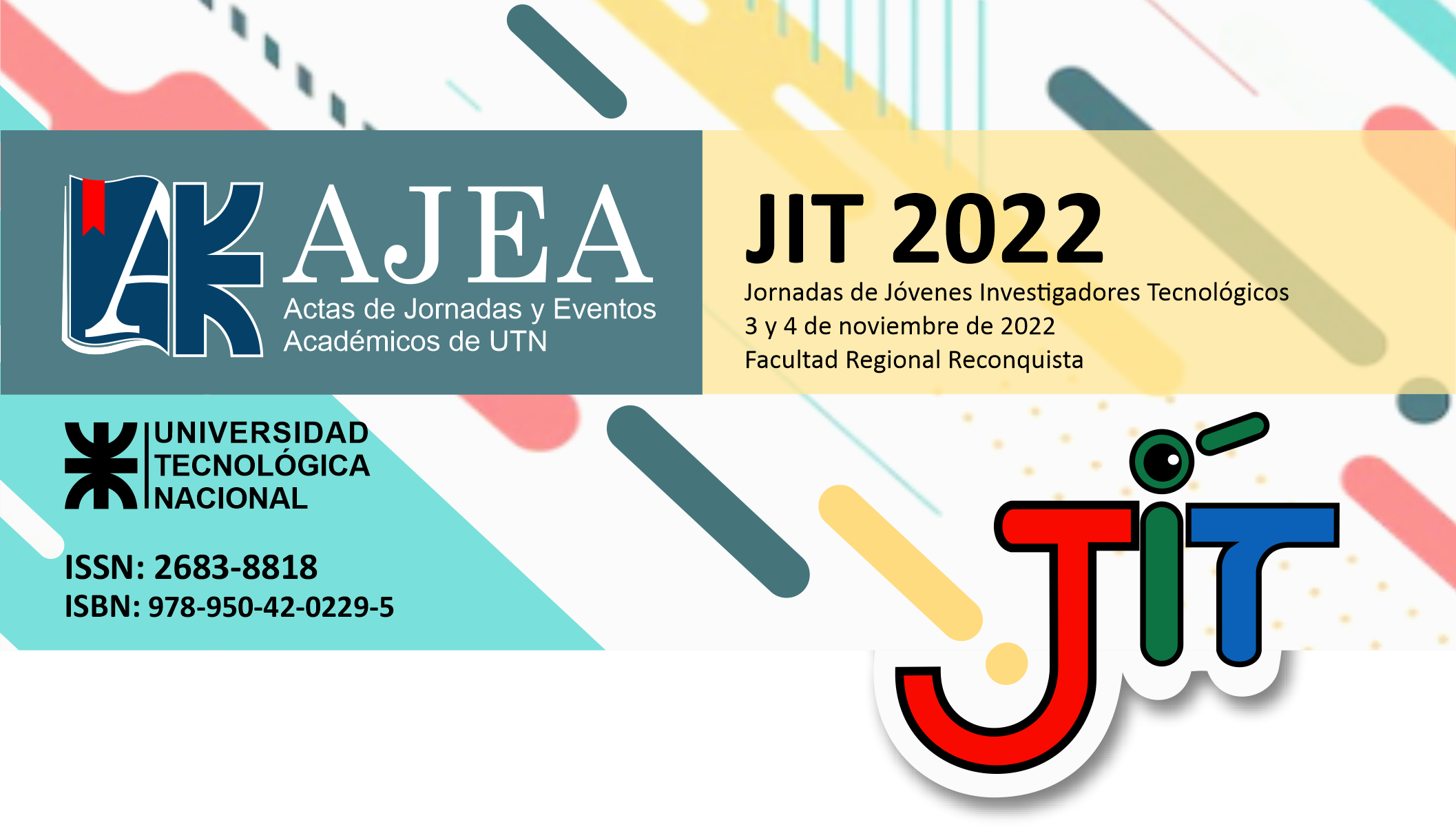Comparison of descriptive sensory methods CATA and QDA for the characterization of honey
Keywords:
CATA, honey, sensory analysis, QDAAbstract
Argentina is one of the world’s largest producers of honey. In the country, there is a great variety of honeys due to the geographical diversity that it presents. To stand out in the market, it is useful for beekeepers to know the sensory attributes that describe their honey. The Quantitative Descriptive Analysis (QDA) method, with the participation of selected and trained evaluators, is the standard method used to carry out this description. Check all that apply (CATA) is another method of sensory analysis, where the perception of consumers about a product is evaluated. In this work, 30 consumers and 8 trained assessors analysed five honey samples, using CATA and QDA, respectively. The comparison of the results obtained allowed us to conclude that CATA method provides less qualitative information than QDA method, although it allows to obtain an adequate approximation. It is appropriate to use one method or the other, depending on the objective pursued.
Downloads
Metrics
Downloads
Published
How to Cite
Conference Proceedings Volume
Section
License
Copyright (c) 2023 Lucía Magalí Arias, Diana Belén Bogado, Florencia Salas

This work is licensed under a Creative Commons Attribution-NonCommercial 4.0 International License.










